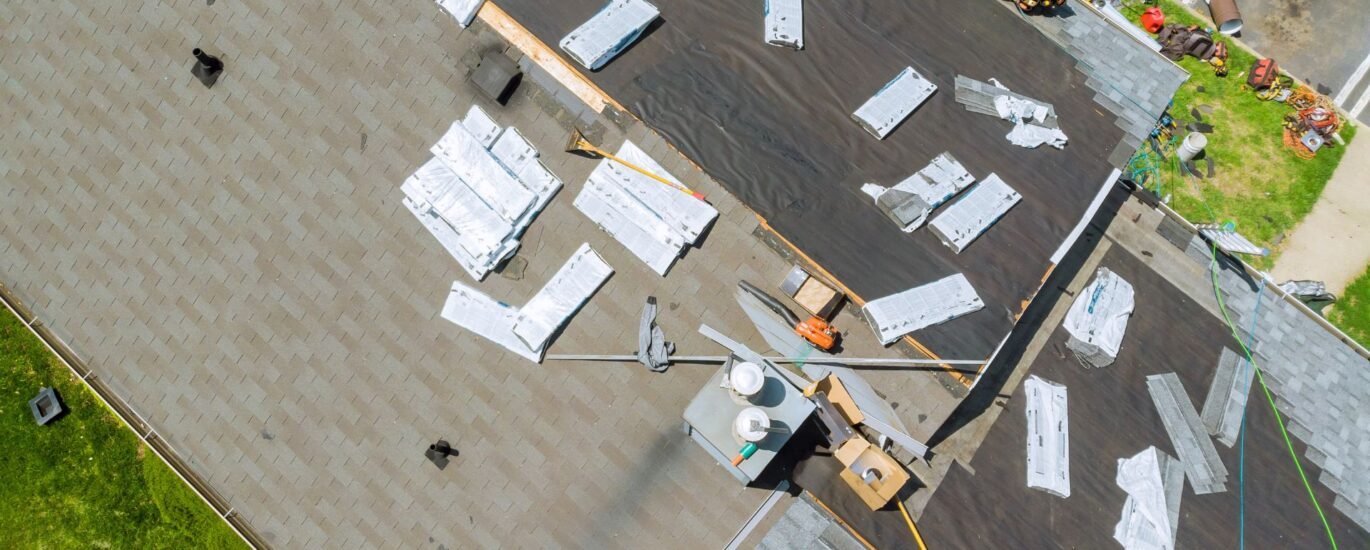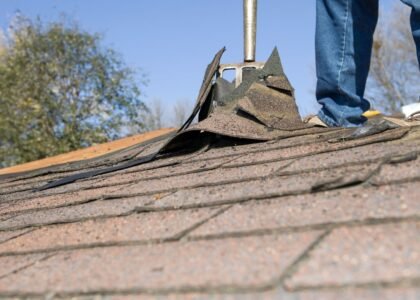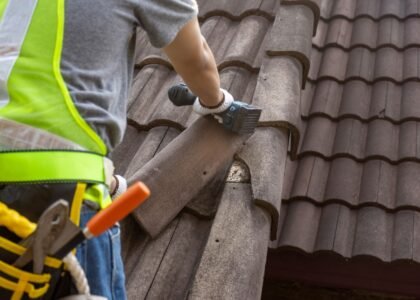Replacing the shingles on your roof isn’t something homeowners do every year. But when the time comes, acting promptly can prevent serious damage down the road. In this post, we’ll walk through when you should consider a shingle replacement, how to spot signs early, and why it matter. At the end, we’ll point you to a companion discussion on choosing materials and the replacement process.
Understanding the Role of Shingles
Your roof’s shingles are more than a decorative cover. They are the first line of defense between your home’s interior and the elements:
- They shed rain, sleet, snow, and wind-driven moisture.
- They protect underlying layers like underlayment and roof decking.
- They help with insulating and weather control.
- They influence your home’s curb appeal and resale value.
Over time, exposure to sunlight, temperature shifts, wind, and moisture causes shingles to degrade. Once degradation passes a threshold, replacement becomes more cost-effective than repeated patching.
Signs Your Roof Needs Shingle Replacement
Waiting too long can turn a simple repair into a full-blown restoration project. Watch for:
Exterior Indicators
- Curled or “cupped” shingles — edges beginning to lift or buckle.
- Cracked or broken shingles — visible fissures or pieces missing.
- Missing granules — the granule layer wears off, exposing dark asphalt beneath.
- Dark streaks or algae stains — possible moisture retention or mold.
- Loose, missing shingles — especially after storms.
- Sagging roof deck — in extreme cases, the deck may begin to show structural issues.
Interior / Secondary Clues
- Water stains on ceilings or walls.
- Peeling paint or wallpaper near attic spaces.
- Sudden increases in heating or cooling bills (poor roof insulation).
- Visible daylight or drafts in attic (if the roof structure is compromised).
If you spot any of these, it’s time to evaluate full shingle replacement — not just patching.
When “Repair” Isn’t Enough
Sometimes homeowners try to patch problem spots rather than replacing the entire roof. But in certain conditions, patching becomes inefficient. Situations that favor a full replacement include:
- Widespread aging: if 20–25% or more of your shingles show serious deterioration, patching won’t last long.
- Multiple leaks: repeated leaks in different areas usually signal systemic problems.
- Roof deck damage: if the underlying plywood or framing is rotted or warped, replacement allows you to repair the foundation.
- Incompatible prior repairs: multiple patches by different contractors can lead to mismatched warranties and vulnerabilities.
- Insurance considerations: insurers may refuse coverage or raise premiums if the roof is deemed unsafe.
How Regional Climate Accelerates Shingle Wear
If your area experiences:
- Heavy rainfall or storms
- High winds
- Large temperature swings
- Snow, ice, or freeze/thaw cycles
… then your shingles are under constant stress. Over time, those stresses weaken materials, loosen fasteners, and compromise flashing or underlayment. Homeowners in such climates often find their roof’s effective life ends earlier than expected. A proactive replacement helps you avoid emergency repairs or interior damage during extreme weather.
Cost vs. Value: When It Makes Sense
Some delaying is normal, but waiting too long often comes at higher cost:
| Scenario | Short-Term Cost | Long-Term Risk |
|---|---|---|
| Patch leaks here and there | Low to moderate | Recurring repairs, hidden damage |
| Delay replacement too much | Reduced expense now | Interior damage, structural issues, mold, higher HVAC cost |
A well-executed shingle replacement renews your roof’s ability to perform, protecting your property and helping you maintain efficiency.
Next Up: How Shingle Replacement Works & Choosing Materials
Now that you know when to replace shingles, you should understand how the process proceeds and which materials you should choose. In our next post, we dive deeper into:
- The step-by-step replacement process
- Types of shingles (asphalt, architectural, synthetic, wood, etc.)
- Matching materials to local climate demands
- What to expect during the installation phase
If you’re already convinced it’s time to take action, feel free to head over to our company page on professional shingle replacement to see how a proper installation works.
(See more at our Shingle Replacement page.)
Also, if you have questions or want to talk logistics or timeline, don’t hesitate to reach out via our contact page at Contact Us — we’re happy to guide you.



